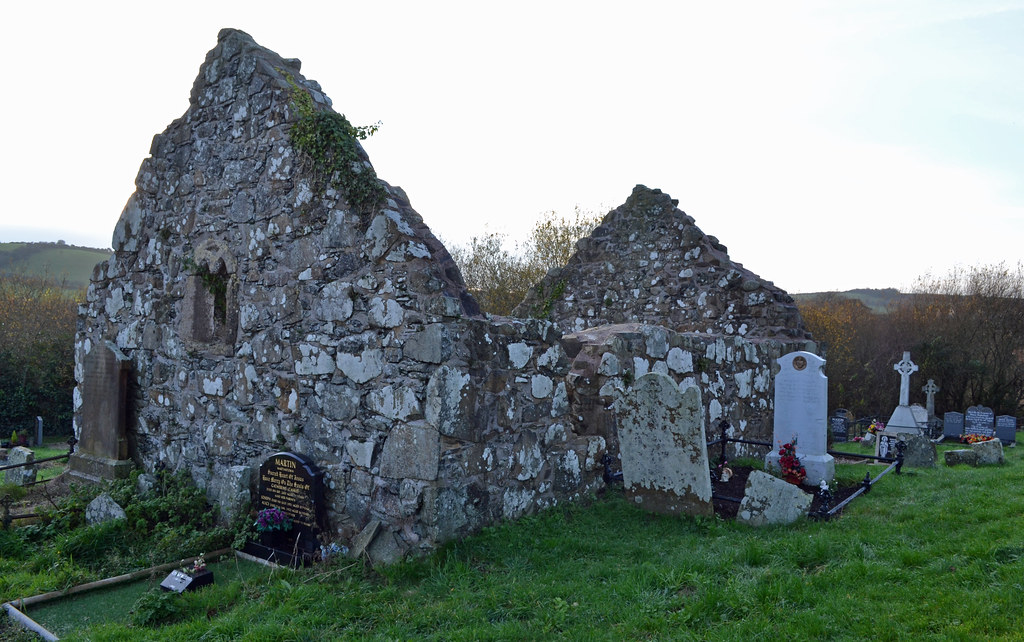The Forgotten Battlefield Under Your Neighborhood Shopping Center
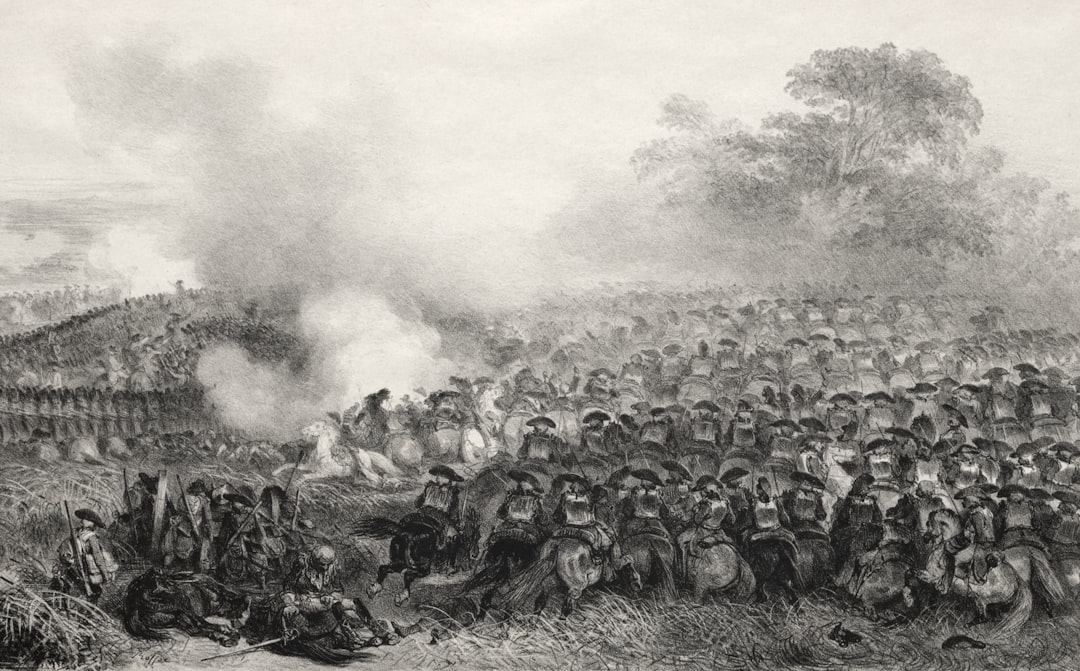
Picture this: you’re grabbing groceries at your local strip mall, completely unaware that you’re walking over the exact spot where Continental soldiers once marched. Dozens of Revolutionary War battlefields are preserved, in whole or part, in national, state and local parks, but with 165 principal engagements from 1775-1783 across the Revolutionary War, countless other battle sites remain hidden beneath modern development. Many of these forgotten locations are scattered throughout suburban neighborhoods, underneath parking lots, and even below busy intersections. With more than 200 Revolutionary War battles and skirmishes having taken place in South Carolina alone, imagine how many unmarked sites exist across all thirteen original colonies. The irony is striking – we often drive past these historical treasures daily, rushing to appointments while Revolutionary ghosts linger just feet below the asphalt.
Your Local Cemetery’s Revolutionary Secrets
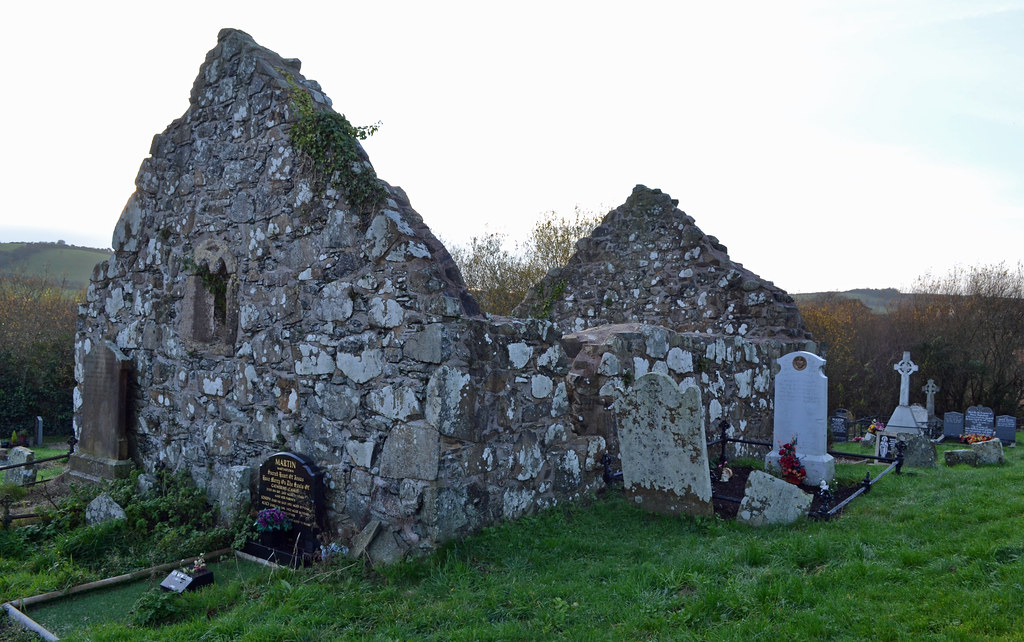
That old cemetery you pass on your way to work might be hiding more Revolutionary War history than you’d ever imagine. The memorial cemetery in which an unknown number of Continental soldiers are buried at Washington Crossing Historic Park represents just one example of how our ancestors’ final resting places hold untold stories. Many colonial-era cemeteries contain unmarked graves of Revolutionary War soldiers, their headstones weathered beyond recognition or never erected at all due to wartime poverty. Local historical societies have been working tirelessly to identify these forgotten patriots through genealogical research and archaeological surveys. Cemetery records from the 1700s often list occupations like “yeoman” or “laborer” without mentioning military service, making detection incredibly challenging. Next time you walk through an old graveyard, remember that you might be standing among heroes whose stories are waiting to be rediscovered.
Hidden Fortifications in Plain Sight
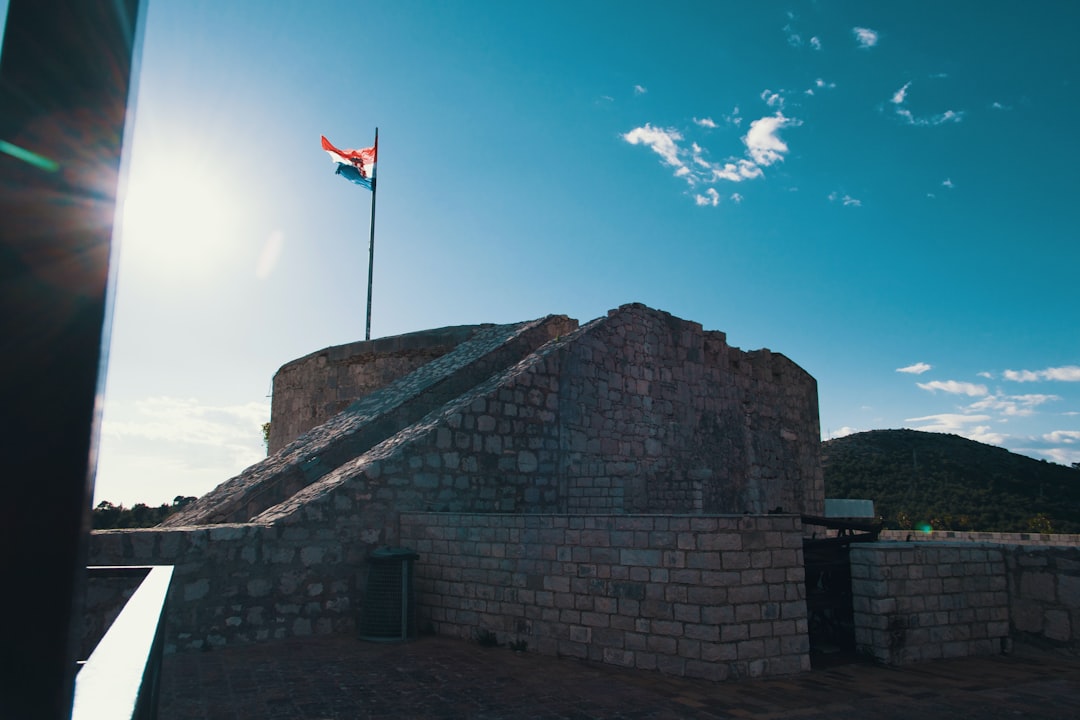
Fort Mifflin in Philadelphia is one of the most unique and well-preserved Revolutionary War sites. The fort, built in 1771, played a crucial role in the defense of Philadelphia during the war. The British forces launched a massive bombardment on the fort, but the American troops held out for six weeks, demonstrating how strategic defensive positions were crucial to the war effort. However, many similar fortifications have been lost to time and development, with only subtle landscape features remaining as clues. Old property lines that seem oddly angled, unusual mounds in backyards, or stone foundations discovered during home renovations often reveal remnants of Revolutionary War-era defensive structures. Local metal detecting enthusiasts occasionally uncover musket balls, buttons, and other artifacts that point to forgotten military positions. These sites include the original 1781 Star Fort, historic roads, the original town sites, the reconstructed Stockade Fort, and siege trenches, showing how comprehensive these defensive networks once were.
Revolutionary War Taverns Hiding in Modern Buildings

That quaint restaurant in your downtown area might have served ale to Revolutionary War soldiers centuries before it served you dinner. Historic exhibits and educational programs, the Historic Village offering modern-day programs including reenactments of George Washington’s River Crossing, and a number of other American Revolutionary War landmarks such as the McConkey’s Ferry Inn where Washington was known to have spent time after the crossing illustrate how taverns played vital roles as meeting places, lodging, and command centers during the Revolution. Colonial taverns were essentially the social media networks of their time – places where news traveled, plots were hatched, and revolutionary fervor spread like wildfire. Many of these establishments operated continuously for decades after the war, with some buildings still standing today, though their Revolutionary War connections have been forgotten. Modern restaurants, especially those in historic districts, sometimes discover colonial-era foundations, fireplaces, or even hidden rooms during renovations. The 107-acre site features the reconstructed Kershaw-Cornwallis House and the rehabilitated 1800-era McCaa’s Tavern. Other exhibits include log homes, the restored 1785 John Craven House, the 1830 Cunningham House (now an office and gift shop) and a blacksmith shed with working forge, showing how these social hubs evolved over time.
Secret Supply Routes Through Your Neighborhood
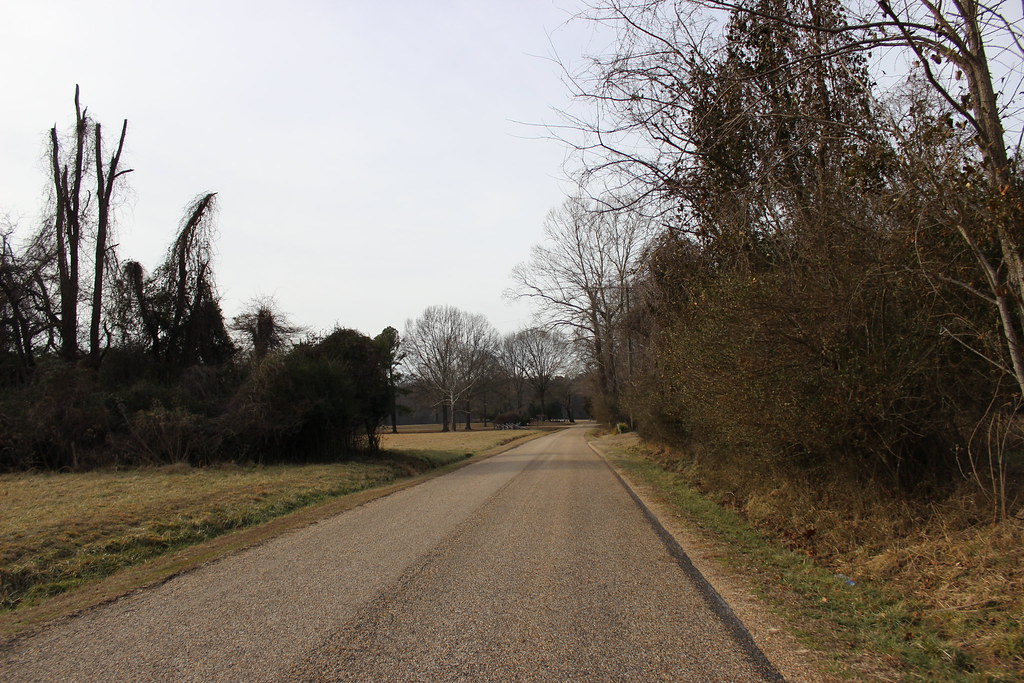
The quiet country road you jog on might have once been a crucial supply line for the Continental Army. The Green River Road (Mills Gap Road) where armies not only traveled, but also fought each other. Among the men who managed the boats in the dangerous river crossing, amid floating cakes of ice, were the mariners in Colonel John Glover’s Massachusetts regiment demonstrates how transportation networks were essential to Revolutionary War strategy. These old roads, many now paved over or turned into hiking trails, carried everything from ammunition to medical supplies to hungry soldiers seeking their next meal. Local historians have mapped dozens of these forgotten routes by studying 18th-century property deeds, military dispatches, and oral histories passed down through generations. Many of these paths follow natural geographic features like ridge lines or river valleys, making them still visible to trained eyes. In the winter of 1780-1781, French soldiers camped west of Lebanon’s Green for eight months before heading to Yorktown, showing how extensive these supply networks were across different states.
Revolutionary War Hospitals in Unexpected Places
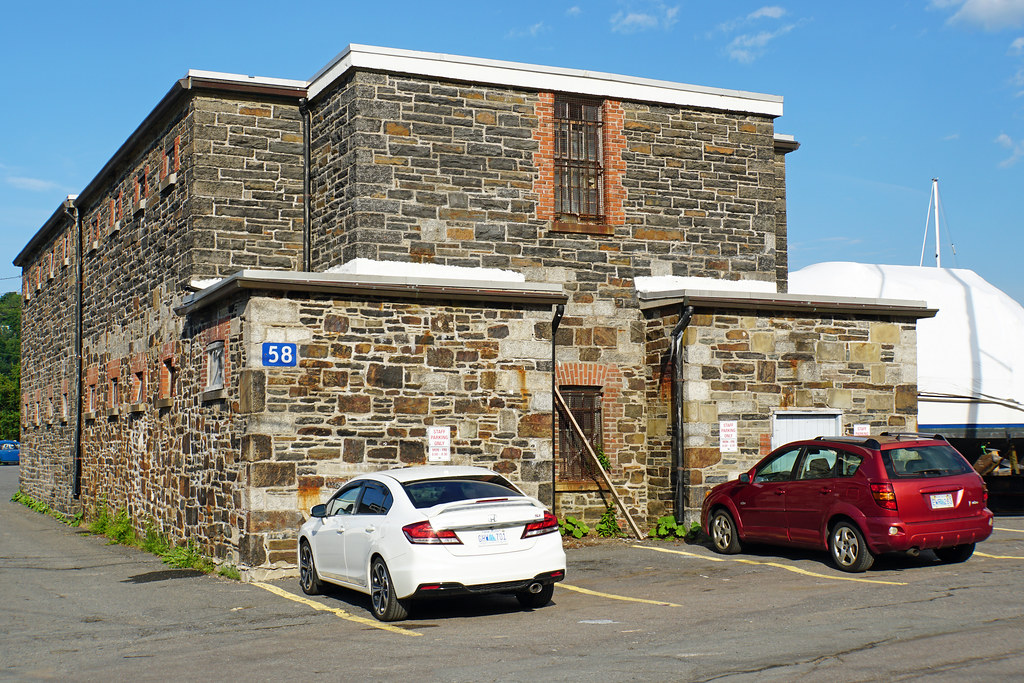
The Thompson Neely house – which served as a temporary army hospital during Washington’s campaign represents one of countless medical facilities that treated wounded Revolutionary War soldiers. During the war, any building could be transformed into a makeshift hospital – churches, schools, private homes, and even barns became lifesaving medical centers when the fighting got intense. These improvised hospitals often left subtle archaeological traces: discarded medical instruments, medicine bottles, and sometimes even mass graves of soldiers who didn’t survive their injuries. Local archaeological surveys have uncovered evidence of medical activity in the most unexpected places, including underneath modern housing developments and shopping centers. The Continental Army’s medical corps was constantly on the move, setting up temporary facilities wherever the fighting took them. Property records from the Revolutionary War era sometimes mention compensation paid to homeowners for “damages to house and grounds from military use,” providing clues to these forgotten medical sites.
Buried Artillery and Hidden Weapon Caches
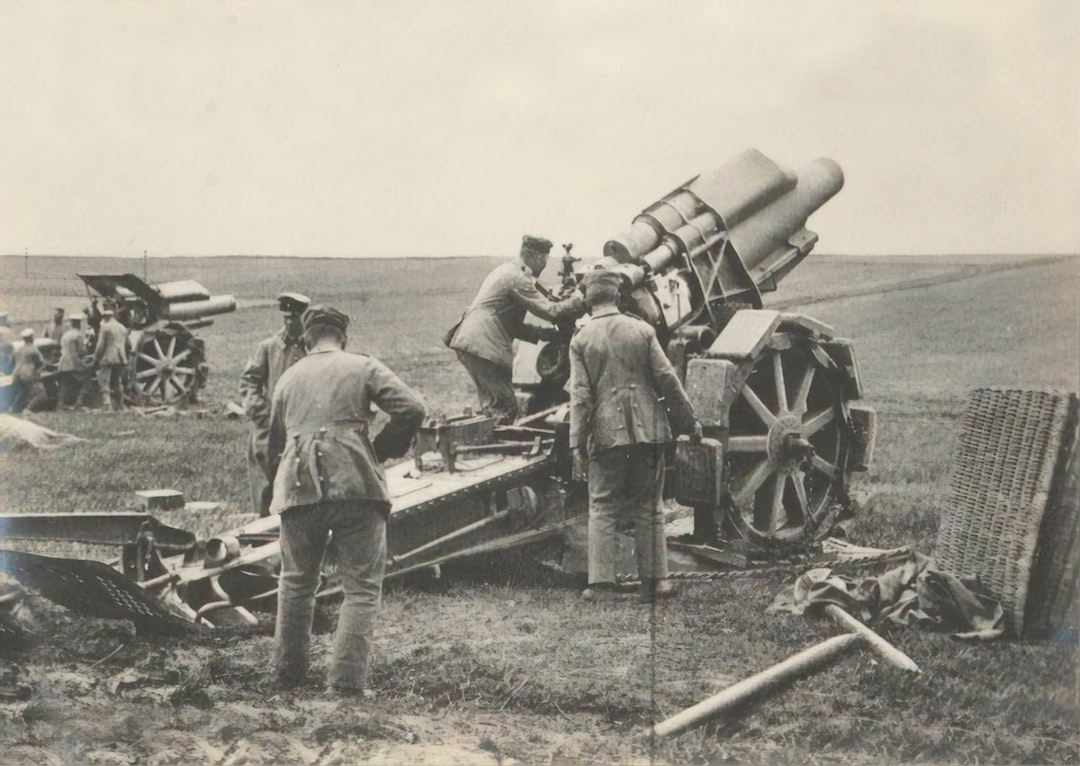
The Springfield Armory in Massachusetts is a great day trip for history lovers in Boston, Hartford or Albany. Created in 1777, the armory served as the Continental Army’s first and main arsenal, responsible for manufacturing and storing ammunition and weapons until it was closed much later. However, the Continental Army also maintained numerous smaller weapon caches and buried artillery pieces throughout the colonies to keep them from British hands. These hidden stockpiles were often buried in civilian properties, remote forest locations, or even underneath churches and meeting houses. Metal detecting enthusiasts and construction crews continue to discover these forgotten weapons caches, sometimes finding perfectly preserved muskets, cannons, and ammunition that have been underground for over two centuries. There’s also a museum which combines exhibits with weaponry from the colonial period. The National Park Service operates a wonderful bookstore which offers visitors over 100 publications and theme-related items for sale on the battle and the Revolutionary War, showing how much military equipment was involved in the conflict. Local legends and family stories often contain kernels of truth about Revolutionary War weapons buried on private property, waiting for the right moment to be rediscovered.
Native American Revolutionary War Sites Often Overlooked

Located in Jeannette, Bushy Run Battlefield is the site of a pivotal battle during Pontiac’s Rebellion, which preceded the Revolutionary War but had significant implications for the colonies. The battle, fought in 1763, saw British forces defeat a coalition of Native American tribes, illustrating how Native American involvement in Revolutionary War-era conflicts is often overlooked in traditional historical narratives. Many Native American tribes played crucial roles during the Revolutionary War, choosing sides based on complex political calculations and fighting battles that rarely make it into mainstream history books. Archaeological evidence of Native American Revolutionary War sites can be found throughout the frontier regions, often in locations that seem unremarkable to modern observers. These sites include abandoned villages, ceremonial grounds, and battlefield locations where Native American warriors fought alongside or against Continental forces. Among the men who managed the boats in the dangerous river crossing, amid floating cakes of ice, were the mariners in Colonel John Glover’s Massachusetts regiment, which included blacks, American Indians, and whites, demonstrating the diverse nature of Revolutionary War participation. Traditional archaeological methods sometimes miss these sites because Native American material culture differs significantly from European colonial artifacts.
Revolutionary War Prisoner of War Camps in Your Area
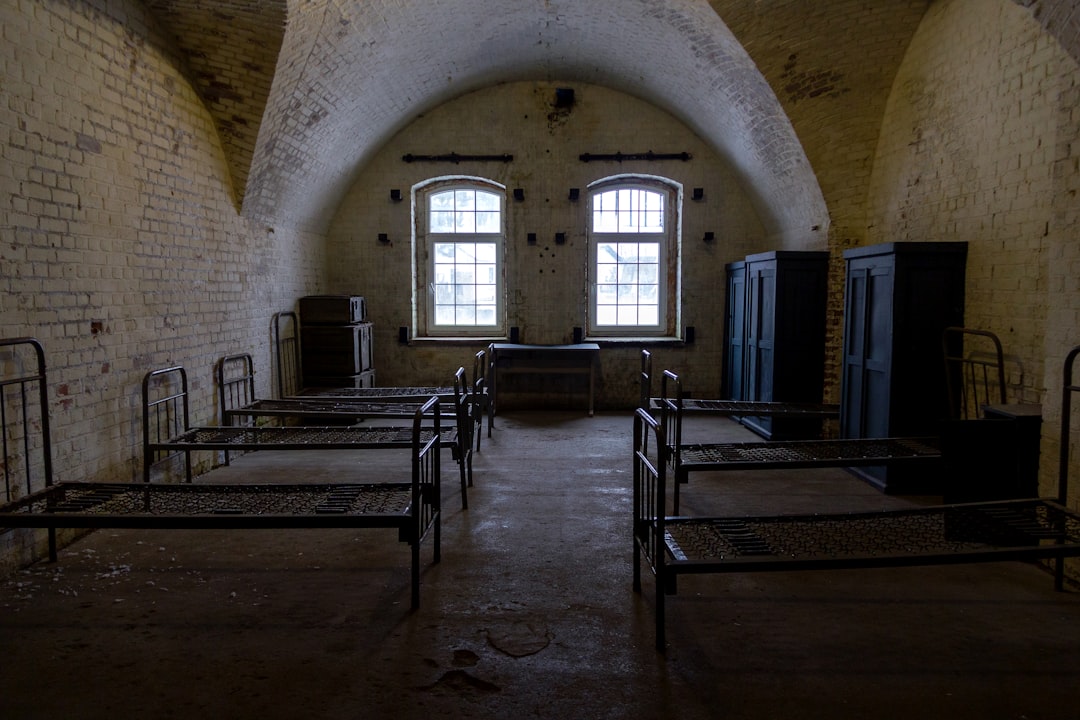
The Revolutionary War generated thousands of prisoners on both sides, and these captives had to be housed somewhere – often in improvised prison camps that have been completely forgotten by modern history. British prisoners taken at battles like Saratoga were marched to temporary camps throughout the colonies, while American prisoners suffered in British-controlled facilities from New York to South Carolina. At the Battle of Saratoga in 1777, American troops battled and beat a British invasion force, marking the first time in world history that a British Army ever surrendered. This crucial victory secured essential foreign recognition and support, creating a massive prisoner management problem for the Continental Army. Many of these prison camps were established in civilian areas, using existing buildings like warehouses, churches, or even large private homes. Archaeological evidence of these facilities includes mass graves, makeshift latrines, and discarded personal items from both guards and prisoners. Local oral histories sometimes preserve stories about “the old prison camp” or “where the British soldiers were kept,” providing valuable leads for historical researchers. The conditions in these camps were often horrific, with high mortality rates that left lasting marks on the landscape and in community memory.
Underground Railroad Connections to Revolutionary War Sites
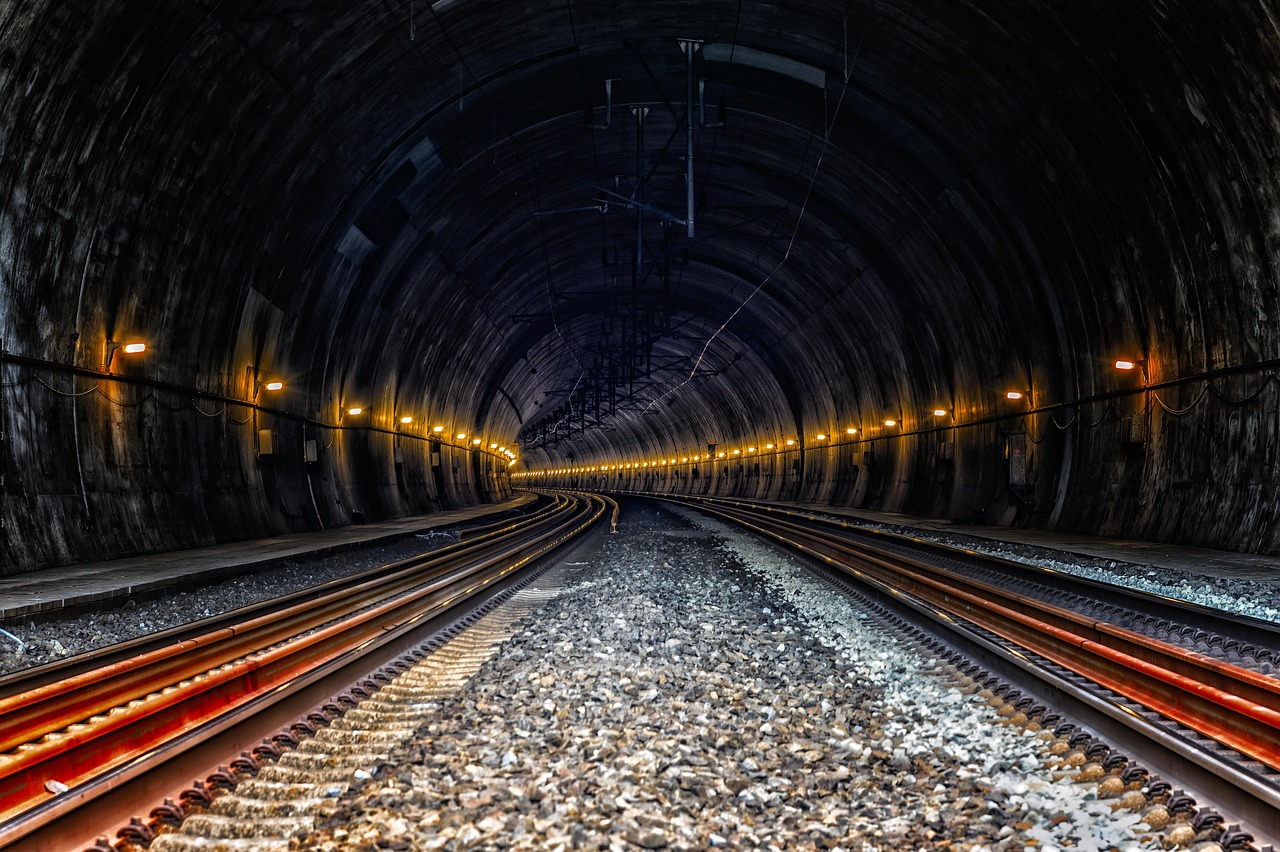
Many locations that later became important Underground Railroad stations had their origins as Revolutionary War sites, creating a fascinating historical connection between America’s fight for independence and the fight against slavery. Located near the fort is a National Park visitor center and an “African Passages” exhibit recounting the role Sullivan’s Island played in the slave trade, showing how Revolutionary War sites often have complex relationships with the history of slavery and freedom. Churches, houses, and other buildings that sheltered Revolutionary War soldiers were sometimes later used to shelter escaping slaves, creating layers of hidden history in the same physical locations. The Revolutionary War’s rhetoric about freedom and liberty inspired both immediate and long-term struggles for human rights, with some of the same families and communities involved in both conflicts. Archaeological surveys of known Underground Railroad sites sometimes uncover Revolutionary War artifacts, suggesting continuous use of these locations for resistance activities. Local historical societies have documented numerous examples of properties that served dual roles in both the Revolutionary War and the Underground Railroad, though many of these connections remain undocumented and at risk of being lost to development.
Revolutionary War Manufacturing Sites in Industrial Areas
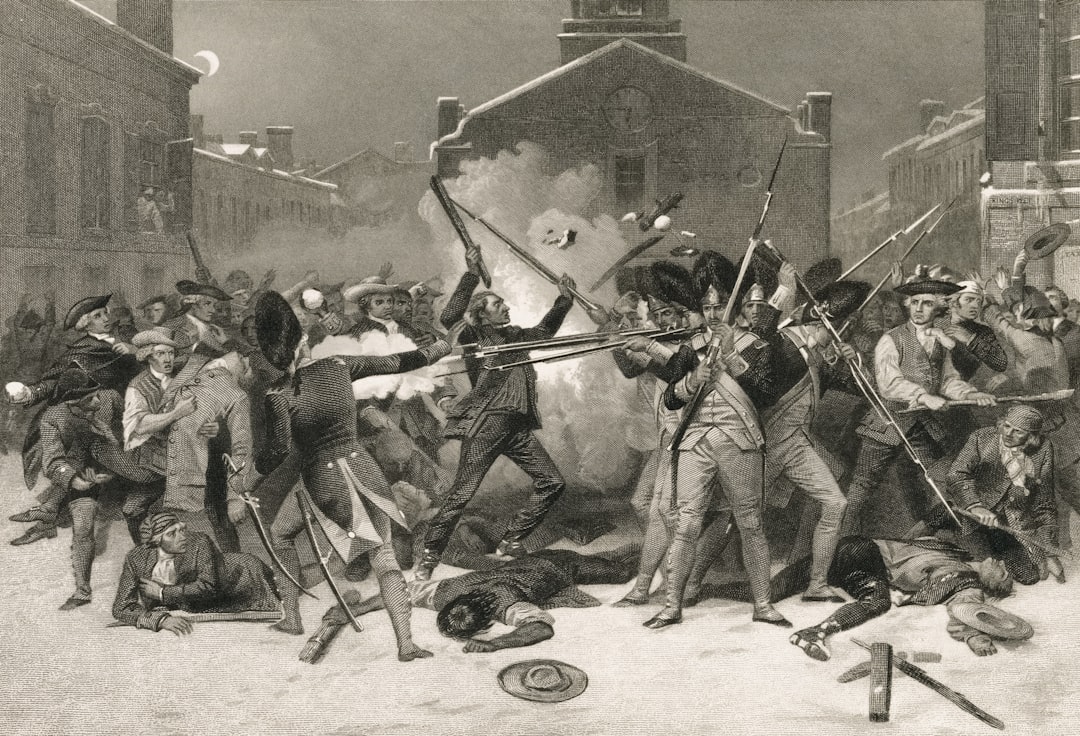
Hopewell Furnace operated from 1771 to 1883 and has been restored to look the way it did in the 1830s and 1840s, representing the type of industrial facility that was crucial to the Revolutionary War effort. The Continental Army needed enormous quantities of manufactured goods – everything from cannons and muskets to nails and horseshoes – and much of this production took place in small-scale manufacturing facilities scattered throughout the colonies. Many of these Revolutionary War-era factories, forges, and workshops were located in areas that are now industrial districts or have been completely built over by modern development. Archaeological evidence of Revolutionary War manufacturing includes slag heaps from iron foundries, discarded molds for casting bullets, and the remains of water-powered machinery used for metalworking. A blacksmith shed with working forge, as well as reconstructions of some of the fortifications built by the British shows how important metalworking was to the war effort. Local industrial archaeology enthusiasts have mapped dozens of these forgotten manufacturing sites, often discovering them through old mill records, tax documents, and environmental studies that reveal centuries-old industrial contamination. These sites represent the economic backbone of the Revolutionary War, without which the Continental Army could never have sustained its eight-year fight for independence.
Hidden Loyalist Sites and Divided Communities
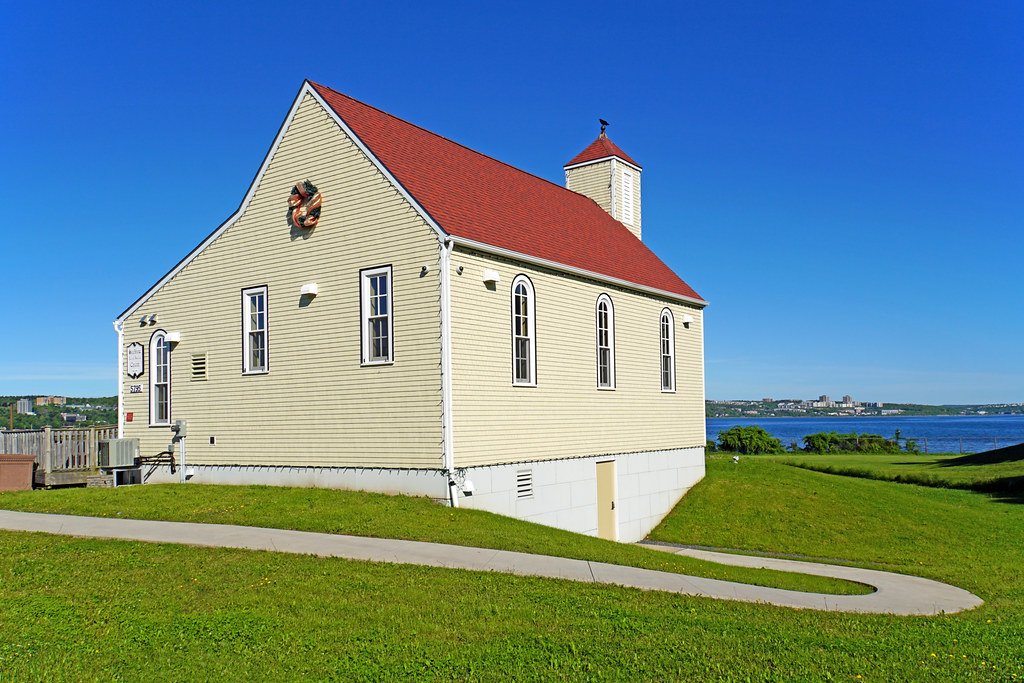
The Revolutionary War wasn’t just a conflict between Americans and British – it was also a civil war that divided families, communities, and neighborhoods, leaving behind a complex landscape of hidden Loyalist sites and divided community memories. Peggy Shippen, wife of Benedict Arnold, was a civilian and spy during the American Revolutionary War. A Loyalist, she worked with her husband to betray the American cause, illustrating how the war created networks of secret loyalists throughout the colonies. Many Loyalist families lost their property and fled to Canada after the war, but their former homes, meeting places, and burial grounds remain as hidden historical sites. Archaeological evidence of Loyalist activity includes hidden caches of British goods, secret rooms used for meetings, and sometimes even hidden messages carved into buildings or trees. Local historical societies have documented numerous examples of communities that were deeply divided during the Revolutionary War, with neighbors fighting on opposite sides and families permanently split by political differences. An amphibious landing by British troops also was repelled, prompting the British to withdraw and not return until 1780, showing how military actions affected civilian populations. These hidden Loyalist sites represent the war’s complex legacy and remind us that the fight for American independence was far from universally supported, even among colonists who had lived in America for generations.
Revolutionary War Espionage Networks in Plain Sight
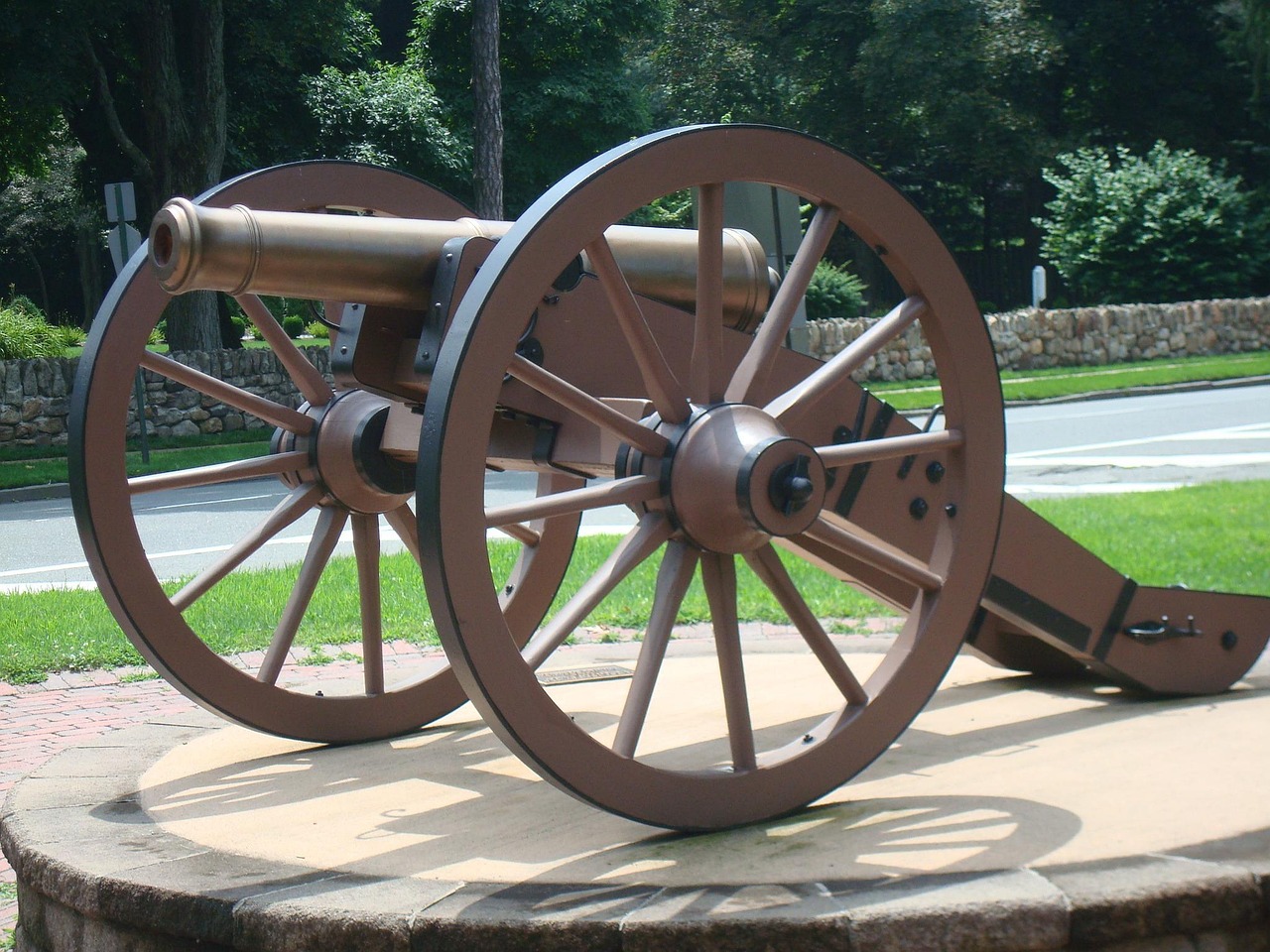
The Revolutionary War involved extensive espionage networks that operated through seemingly innocent civilian locations – churches, shops, taverns, and private homes that served as cover for intelligence operations. Gilbert du Motier, Marquis de Lafayette, better known simply as the Marquis de Lafayette, was born into an extremely noble family in Chavaniac, France… Peggy Shippen, wife of Benedict Arnold, was a civilian and spy during the American Revolutionary War, demonstrating how intelligence work involved people from all social classes and backgrounds. These spy networks left behind a hidden landscape of safe houses, dead drops, and secret meeting places that modern visitors pass by without realizing their historical significance. Archaeological evidence of Revolutionary War espionage is often subtle – hidden compartments in old houses, coded messages carved into seemingly decorative stonework, or unusual architectural features that served as signals to other spies. Local legends about “haunted” houses or buildings with “strange” histories sometimes contain kernels of truth about Revolutionary War intelligence operations. Born into slavery around 1760, James Armistead lived most of his life on a plantation in New Kent, Virginia. During the American Revolution, however he became a successful double agent, showing how the war’s espionage networks crossed all social boundaries. Modern intelligence historians have only begun to map these Revolutionary War spy networks, with many sites remaining completely unknown to the general public.
What fascinates me most about these hidden Revolutionary War sites is how they’re literally all around us, waiting to be discovered. Every old foundation, every unusual property line, every family story about “something that happened here long ago” could be the key to unlocking a piece of American history that’s been forgotten for centuries.

